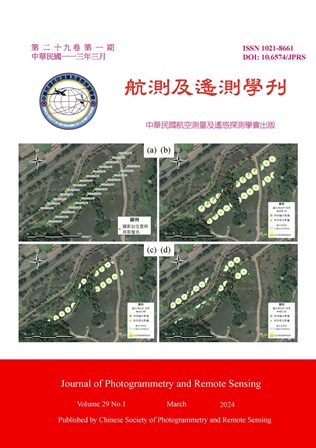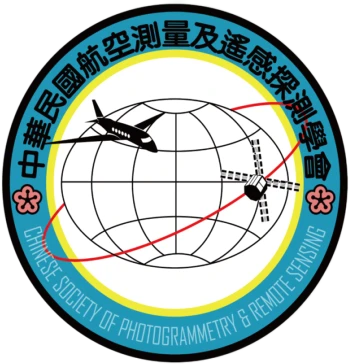This study utilized unmanned aerial vehicle to obtain multispectral imagery of Mikania micrantha (bitter vine, BV) in two study areas, Plot A and Plot B. Employing maximum likelihood classification, random forest, and U-net, the study aimed to assess the model's performance in spatial extrapolation of spatial patterns of BV, with the goal of discovering new populations of previously unidentified species. Two sampling designs were employed for model training and testing, Set 1, conducting individual plot classification using training data from it’s owned; Set 2, performing spatial extrapolation from one plot with training data to another without training data, whose validation data there represent previously unidentified new populations. The results indicate that the three models performed well in Set 1. The kappa values for all models exceeded 0.75. However, the performance in plot B was slightly lower compared to plot A, possibly due to the more complex vegetation patterns in plot B. In Set 2, extrapolation from plot A to B showed fewer effective results compared to extrapolation from plot B to A. This discrepancy can be attributed to the differences in vegetation patterns and the flowering conditions of BV between the two areas. In terms of model performance, U-net demonstrated a better ability to capture the spatial patterns of BV, achieving the highest kappa value of up to 0.73 among the three models in Set 2. To comprehensively examine the model's performance in spatial extrapolation, future work will involve combining training data from both plots for extrapolation, and testing with other deep learning models such as convolution neural network (CNN) and environmental variables.

